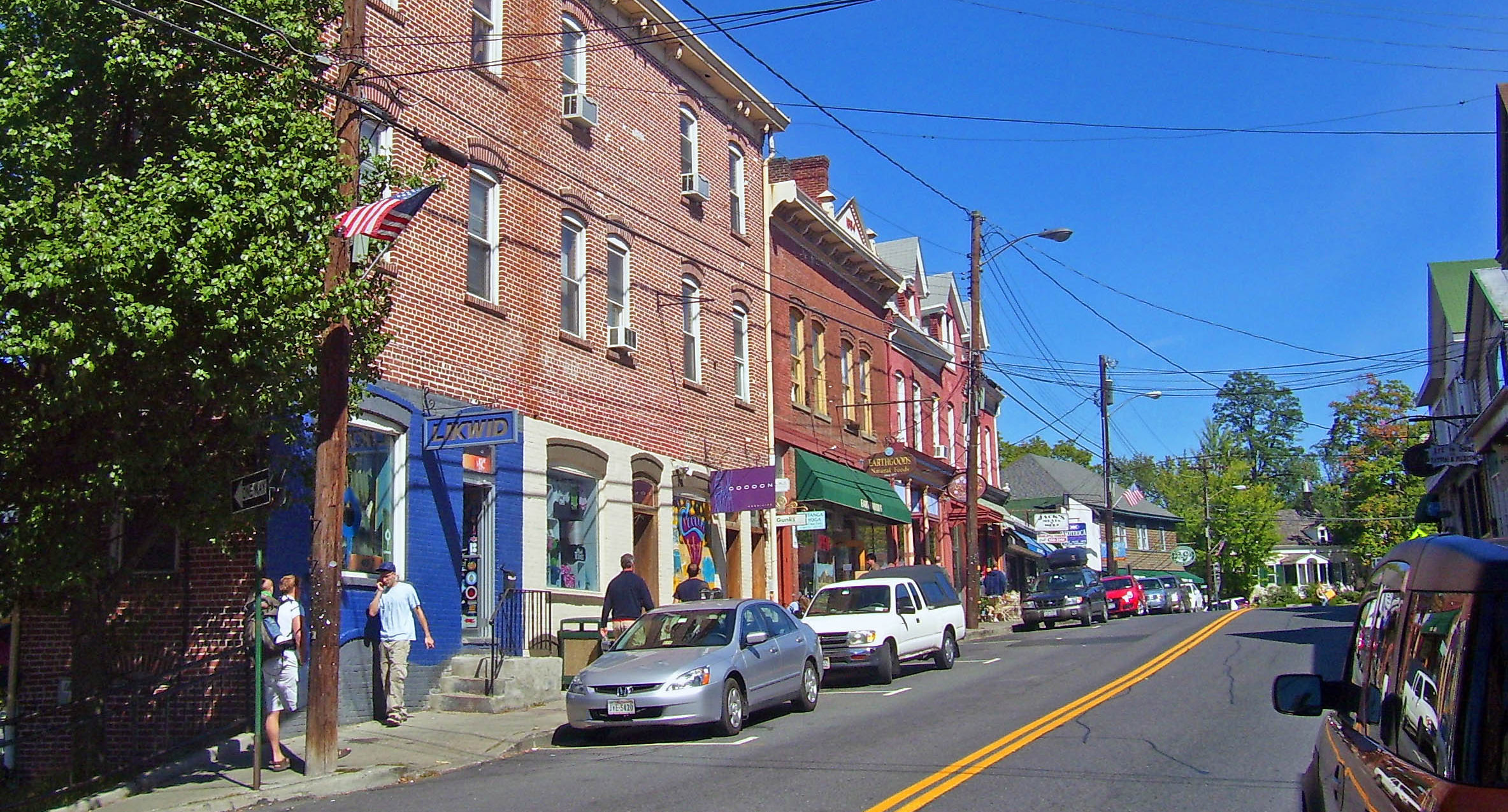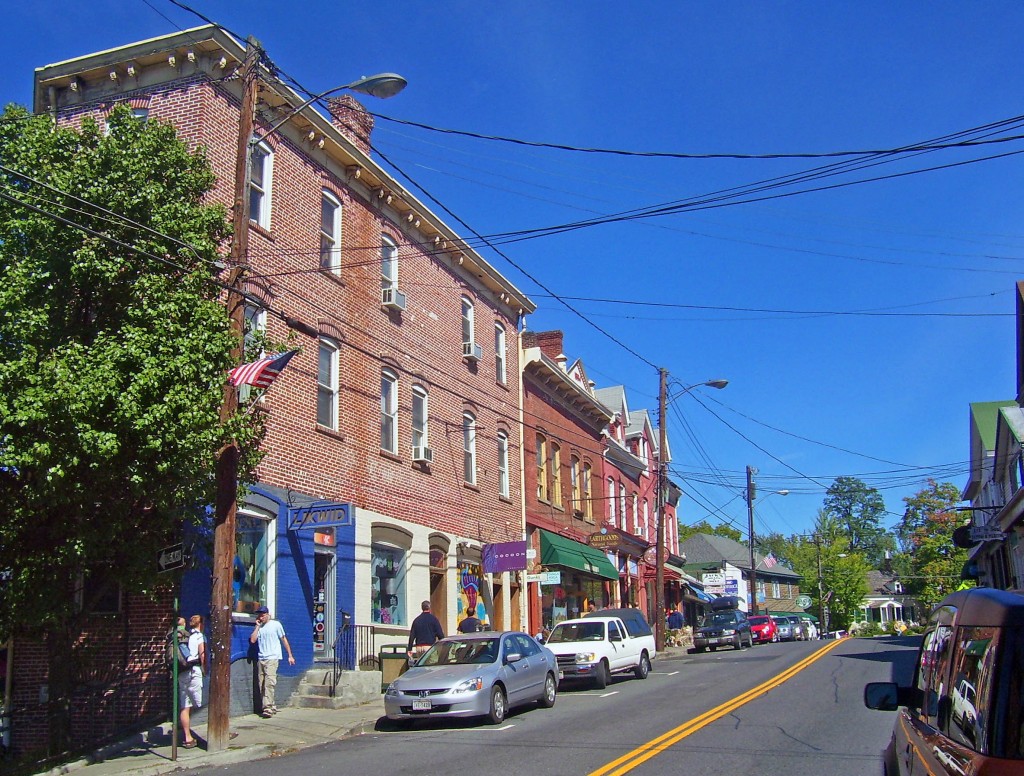

A 9.1 percent increase in population over the last 10 years has New Paltz leaders and community members preparing to handle a higher number of residents.
Data released by the 2010 Census revealed that the towns of New Paltz, Lloyd and Shawnagunk accounted for 93 percent of Ulster County’s growth over the last decade, leaving both New Paltz’s town and village government’s interpreting the data and deciding how to move forward.
Between 2000 and 2010, New Paltz’s population has grown by 1,173 people. However, both Village Mayor Terry Dungan and Town Supervisor Toni Hokanson said the increases underscore the need to provide adequate services to the growing amount of people who call New Paltz home.
“It doesn’t seem like [there are more people] going around town,” Dungan said. “In a sense you wonder where the extra people are in the village.”
Despite this, Hokanson and Dungan both recognize what they said was New Paltz’s responsibility to react and provide to the increased population.
New Paltz’s water and sewer system was a basic infrastructure service both Dungan and Hokanson believed needs to be reevaluated and restructured to sustain the town and village’s growing residential numbers.
“Our water system is 20 years old and five years older than expected,” Dungan said. “It can be fixed for a quite reasonable sum of money.”
New Paltz resident Rachel Lagodka agreed and said water and sewer systems have been affected the most from the increased amount of people in the village.
Lagodka said one such strain is an increase in the number of buildings, leading to an increase in impervious surfaces. She said this adds more storm water that is funneled into the waste water treatment system.
“More apartment buildings, dorms and houses both increased the demand for fresh water and the amount of sewage that must be processed,” Lagodka said.
Hokanson said developing a better water and sewer system in the industrial zones of town could help increase a tax base and allow the hiring of personnel while “keeping things affordable.”
While Dungan said the village has not seen tangible changes from its 13 percent population increase, he did believe the addition of 784 people has put a strain on the traffic throughout the area.
Lagodka said Main Street’s traffic in particular was a result of tourists and believed the New Paltz Loop bus service has been a “great benefit to students and residents.” She believed encouraging alternative transportation would alleviate traffic situations.
Increased foot traffic however, has been something Dungan believes has been a positive change in the village.
“[It has been a positive] in the sense that an increased number of people would lead to a more vibrant local economy, certainly,” Dungan said.
Lagodka agreed, and said she believes the greatest beneficiaries of the budding population in the village were bars, shops and landlords in the downtown area.
However, Hokanson said she believes it’s more difficult to find positives with the increased amount of residents. She said the rise in population has not led to a rise in volunteerism – something she believes could be a benefit of the increase.
“It’s hard to see a benefit,” she said. “With an increased population comes a loss of open space, an increase in traffic and school children, and services will cost more.”
As for the reason more people have decided to reside in New Paltz, both Hokanson and Dungan said the geographic location and scenic beauty were pulling factors.
“We are a wonderful, beautiful place to live,” Hokanson said. “We have a beautiful community next to the river and mountains in addition to the cultural benefits of the college.”
Dungan said tourism, the convenient distance from Newburgh and Poughkeepsie and the town’s nationally ranked school system were also draws for prospective residents.
Hokanson also noted the rise of population and demand for sub-developments the town faced after the Sept. 11 terrorists attacks. She said the Hudson Valley’s proximity to New York City was a likely draw for those who no longer wanted to live there but still wanted to be close.
Dungan said New Paltz in particular offers an easy commute and a scenic environment which is attractive while the small town-environment and ability to walk to most services is something very important to people’s quality of life.
“There is a lot to recommend about New Paltz,” Dungan said.
